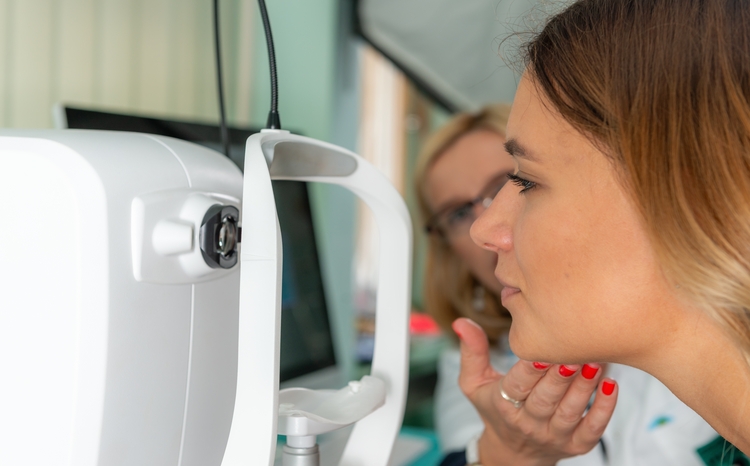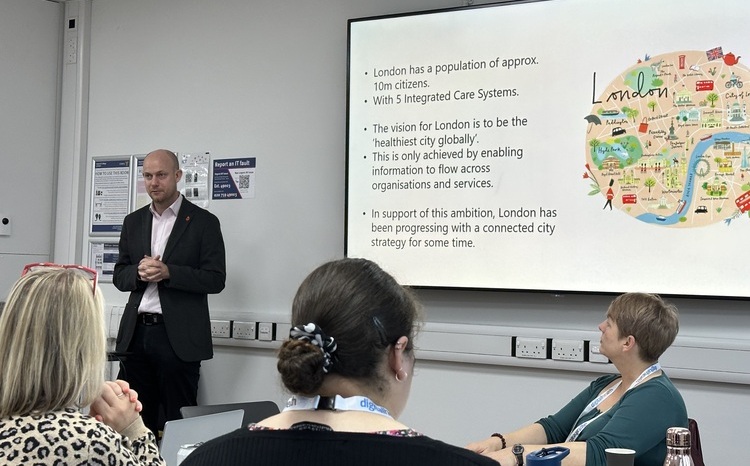Common exception reporting standards called for
- 30 November 2005
Exception reporting rates for the Quality and Outcomes Framework need to be subject to uniform standards to ensure as many patients as possible benefit from the framework, a GP has argued this week in the British Medical Journal.
Dr Stephen Corcoran, a GP in north London, says in his letter that variations in exception reporting rates in the first year mean that some patients may be receiving suboptimal care and that practices that have hit their targets without resorting to extensive exception reporting may become disillusioned.
His letter says: “The wide disparities in exception reporting between some neighbouring practices may sometimes have a valid explanation but satisfaction with the quality and outcomes framework will hinge on clarification of what is acceptable and the adoption of uniform standards.”
Dr Corcoran’s letter followed an editorial in the BMJ from Dr Colin Kenny, a former chairman of the Primary Care Diabetes Society, in which he noted that 93% of general practices had achieved maximum points in diabetes care. Dr Kenny suggested that the system of rewarding those who provide high quality diabetes care through the use of clinical indicators should be extended to all those providing care for patients with diabetes.
Figures prepared for EHI Primary Care by Dr Gavin Jamie, a GP in Wiltshire who has created a database of all the QoF results for the whole of the UK, reveal the extent of exception reporting
Dr Jamie said: “The broad overview of the stats is that there is no rampant scattering of exceptions. It is possible that this may occur in a small number of practices but these would have to be signed off by the PCT.”
Dr Jamie looked at indicator three in the diabetes domain which requires practices to recorded the smoking history of patients on the diabetes register. Out of 10275 practices in the UK a total of 351 practices, 3.4% of the total, excepted more than 5 % of patients.
Dr Jamie also looked at indicator six for diabetes, measuring HbA1c, which he said would be likely to generate more exceptions as patients may decline, not turn up or be on maximum tolerated treatment. Here the figures show that 59% of practices had less than 10% exceptions.
Dr Jamie said his view was that it was impressive if practices could get 80 to 90 % of patients willing to turn up for review and who are suitable for active treatment
He added: “No-one would dream of judging a hip surgeon by looking at the walking ability of those that did not turn up for an operation or those that decided not to go through with it.
Dr Paul Cundy, a GP in Wimbledon, south-west London, and a member of the British Medical Association’s General Practitioner Committee, said it was understandable that PCTs would ask practices that were widely divergent from the national trends to explain why.
He added: “My own personal experience is that in our practice of 11,000 patients we have 31 patients who are excepted and even then we are looking at individual partners’ rates and asking questions. I don’t see why a PCT shouldn’t want to ask the same questions.”




